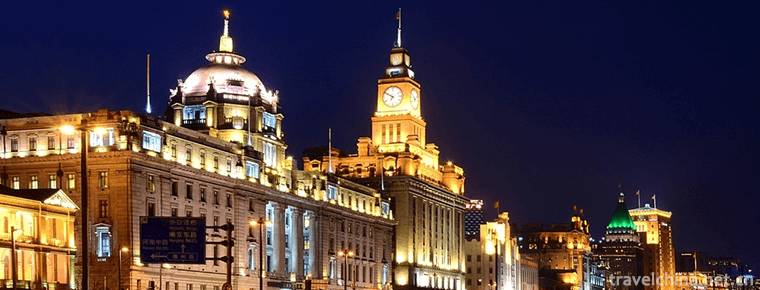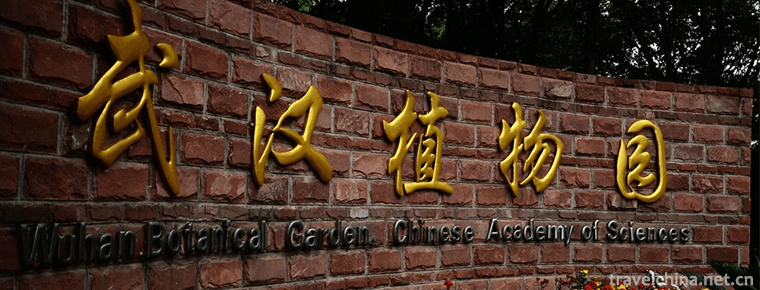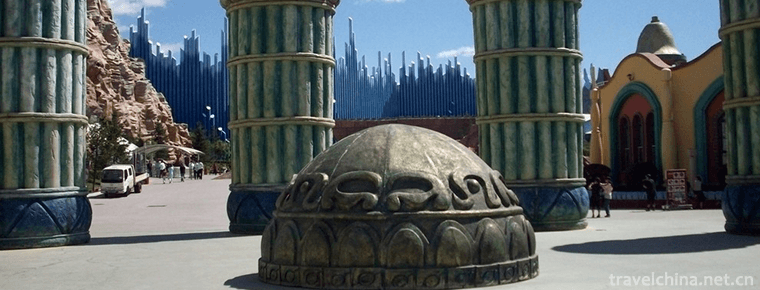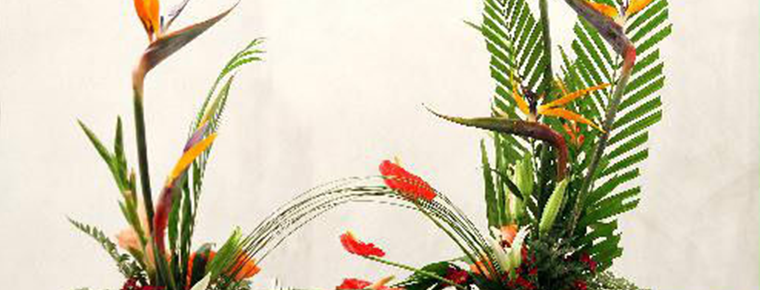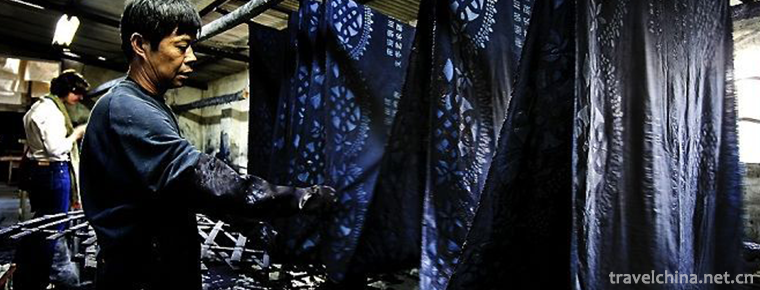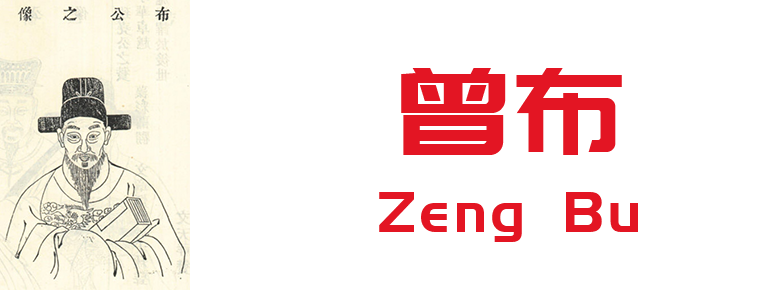Firing Techniques of Jieshou Coloured Pottery
Firing Techniques of Jieshou Coloured Pottery
The firing technique of Jieshou colored pottery, the local traditional handicraft technique of Jieshou City, Anhui Province, is one of the national intangible cultural heritages.
The firing skills of Jieshou painted pottery originated from the Tang Dynasty, and is the essence of handicrafts in Huaibei. In 1999, the Liuzi Canal in Huaibei unearthed a large number of first three-color pottery pieces, which became one of the ten archaeological discoveries in China at that time.
On May 20, 2006, the firing technique of Jieshou color pottery was approved by the State Council and listed in the first batch of national intangible cultural heritage list. On May 15, 2018, it was selected as the first national catalogue of revitalization of traditional crafts.
historical origin
In the Sui Dynasty, Jieshou had a history of burning pottery in vertical kilns.
In the Tang Dynasty, the first three-color carved pottery came into being because it was next to Luoyang, the origin of the three-color pottery in the Tang Dynasty.
After nearly a thousand years of development, the first three-color carved pottery has gradually evolved into today's three-color carved pottery. However, its unique plastic arts and decorative arts still maintain the ancient charm.
Process characteristics
Feature summary
The ancestors of the Tang Dynasty used the external force of their feet to make the pottery wheel rotate at a uniform speed, put mud on the wheel, put their hands on it skillfully, and pull out the pottery tires with ever-changing shapes. After drying, white clay was applied to the tread, then dried to half-dry, painted flowers, birds, fish and insects on the tread with iron or bamboo sticks, then glazed with lead and earth, dried and placed in the kiln, and firewood fired for three or four days. Its depiction content, mostly natural flowers and birds, and because its jar neck or bottom are engraved with two consecutive patterns of flowers as the theme, so it is called carved pottery; pottery kiln burned ochre red, with emerald green and earth yellow glaze, natural formation of tricolor glaze, the combination of the two is called tricolor carved pottery.
From the second period, after hundreds of years of practice, pottery artists gradually enriched the depiction theme of colored pottery. Besides flowers, birds, fish and insects, traditional dramatic scenes such as "Breaking Hongzhou", "Battling Qinqiong", "Haze Beauty Case" and so on also "moved" to the pottery altar; in the performance techniques, the use of picking, carving, scraping and other techniques, make the picture more colorful, and the theme more distinct. The decorative techniques of painted pottery in this period have continued to this day. Its decorative techniques are mainly manifested in two aspects: one is the particularity of the tool. Using knives and needles instead of pens, cutting, engraving and scraping together, the picture produces black, white and grey artistic effects; this traditional technique is no exception in China's domestic ceramics industry. Second, the compatibility of regional folk art. The decorative artistic features of Jieshou painted pottery not only include the lines of local woodcut New Year pictures, but also absorb the characteristics of the combination of lines and surfaces of Jieshou paper-cut.
Decorative elements
The unique art of decoration of painted pottery is composed of many elements. Such as the unconscious application of the gold rate, the processing of space, the layout of the picture and so on, the best combination of its multiple elements creates the unique artistic personality of Jieshou painted pottery. However, Jieshou painted pottery is the crystallization of human being's continuous observation, discovery, refinement and creation in the long-term production practice and social life; from simple imitation to comprehensive artistic creation, from occasional discovery to skilled mastery, so repeated practice, inspiration and regularity, the principle of creating beauty is summed up. Therefore, the symmetrical, balanced and decorative beauty of Jieshou painted pottery is a collection of beauty rooted in local life. The main material of Jieshou painted pottery comes from the clay layer on both sides of Yinghe River. Therefore, it has the local and national characteristics, thus forming the "Jieshou painted pottery" with personality and unique artistic language.
Modeling law
Inheritance and protection
Inheritance significance
The firing technique of Jieshou painted pottery reflects the peasants'honest and simple character and the aesthetic interest of their clumsiness and ingenuity. It also reflects the aesthetic trend of Chinese folk art that advocates nature and pursues harmony.
representative figure
Lu Qunshan, male, born in September 1950. In June 2007, Lu Qunshan was selected as the representative successor of the first batch of national intangible cultural heritage projects and declared by Jieshou City, Anhui Province.
Wang Jingsheng, male, Han nationality, born in 1944, is from Jieshou City, Anhui Province. In June 2007, Wang Jingsheng was selected as the representative successor of the first batch of national intangible cultural heritage projects and declared by Jieshou City, Anhui Province.
protective measures
On the afternoon of August 1, 2017, Anhui Provincial Non-Heritage Center, Fuyang City Non-Heritage Center and Jieshou Municipal New Bureau of Culture and Guangzhou held the docking meeting of the national representative inheritors of intangible cultural heritage.
The National Representative Inheritant Recording Project of intangible cultural heritage is a comprehensive and complete project initiated by the Ministry of Culture to record the rich knowledge and exquisite skills mastered by the national representative inheritors. It is of great significance to preserve the intangible heritage materials, promote the inheritance of intangible heritage, and accelerate the research and protection of intangible heritage.
social influence
Honorary commendation
From August 8 to August 13, 2013, in the 8th China Folk Art Exposition co-sponsored by the Chinese Federation of Literature and Artists, the Chinese Association of Folk Literature and Artists, the People's Government of Jilin Province and the People's Government of Changchun City, Lu Lihua, the provincial representative inheritor of the "world's first colorful pottery firing skills", won the silver prize for folk art works.
Important exhibition
On June 30, 2017, Huayun Anhui Non-Heritage Hall, located at 77 Qianmen Street, Beijing, was officially opened, among which the first painted pottery in the world was one of its exhibits.
On October 10, 2014, the 3rd China intangible cultural heritage exposition was held in the ShunGeng International Convention and Exhibition Center of Jinan, among which the first painted pottery in the world was one of the exhibits.
Cultural anecdotes
At first, the Lujia only burned black pottery to produce some daily necessities. One year, Li Yuan, the father of Li Shimin, Taizong of Tang Dynasty, passed through the Liuli Temple of Jieshou, and lived nearby. He dreamed of Litai at night. There were green, yellow and white pottery pots on it. When he woke up, he immediately ordered the nearby potters to make three-color pottery. However, due to the limited skill of the kiln-maker at that time, he burned for three days and three nights, only burned yellow and white pottery pots, and could not think of a way to make green pottery.
Just when everyone was worried, a copper worker passed the kiln factory. Because of continuous rains for many days, the copper worker was forced to work in the kiln factory. Some copper powder was blown into the kiln by the wind. Unexpectedly, these copper powder changed the color of the pottery and they produced green pottery. Lu Qunshan said that up to now, copper powder is still one of their raw materials for making pottery. When the Lu family mastered the skills of making tricolor pottery, it began to pass on from generation to generation and spread gradually.

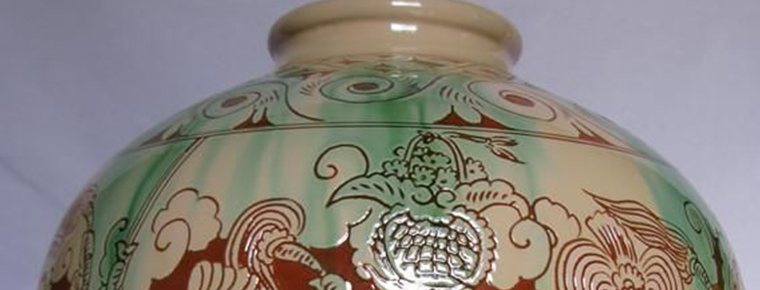
-
Xiangsha Bay Scenic Spot in Dalat Banner Ordos
Xiangsha Bay was opened as a tourist attraction in January 1984, listed as a national line scenic spot by the National Tourism Administration in 1991.
Views: 240 Time 2018-11-29 -
Peace Hotel Shanghai
Peace Hotel is a landmark building in Shanghai. Located at No. 20 East Nanjing Road, Huangpu District, Shanghai, it is the first modern building in the history of modern architecture in Shanghai.
Views: 373 Time 2018-12-16 -
Wuhan Botanical Garden Chinese Academy of Sciences
Wuhan Botanical Garden of the Chinese Academy of Sciences is located in Wuchang District, Wuhan City, Hubei Province, China. It is a comprehensive scientific research institution integrating scientifi.
Views: 134 Time 2018-12-22 -
Changying Century City
Changying Century City, located in Nanguan District, Changchun City, Jilin Province, was founded in 2003. It is a comprehensive tourist area integrating science and technology, adventure, performing a.
Views: 205 Time 2019-03-17 -
Traditional flower arrangement
Chinese traditional flower arrangement art has a long history, extensive and profound, is the representative of Oriental flower arrangement art. It has the characteristics of dignified and elegant mod.
Views: 113 Time 2019-04-19 -
Guanyin legend
Guanyin legend is one of the ancient local folklores in Zhoushan, Zhejiang Province. It is one of the second batch of national intangible cultural heritage list published by the State Council..
Views: 141 Time 2019-05-01 -
Printing and Dyeing Techniques of Nantong Blue Printing Cloth
Nantong Blue Printing and Dyeing Technology, one of the local traditional printing and dyeing techniques in Nantong City, Jiangsu Province, is one of the national intangible cultural heritage..
Views: 157 Time 2019-06-07 -
Taiji of Yi Nationality
Qitaiji is an ancient form of drama that only exists in Nugazhai village, Bandi Township, Weining Yi Hui Miao Autonomous County, Guizhou Province. Taiji is the transliteration of Yi, the word "Qi.
Views: 398 Time 2019-07-12 -
Zeng Bu
Zeng bu (November 3, 1036 - August 21, 1107), Zi Zi Xuan, Tai Chang, son of Yi Zeng, brother Zeng Gong of Zhong Shu Shu, the Prime Minister of the Northern Song Dynasty, and the important supporter of.
Views: 142 Time 2019-09-15 -
Mount Fulai
Mount Fulai is one of the top 40 tourist attractions in China. It is 27 kilometers away from Shunan Bamboo Sea central scenic spot and 10 kilometers away from qidonggou, a 4A tourist attraction. It is composed of more than 80 hills. .
Views: 165 Time 2020-10-16 -
Sports in Panzhihua
By the end of 2018, Panzhihua had 21 stadiums (gymnasiums), 56 sports social groups at all levels, 694 national fitness routes and 263 social sports guidance stations. The city's various sports teams won 80 gold medals, 91 silver medals and 72 bronze medals in provincial competitions. 124 national fitness activities were held throughout the year, with 460000 participants..
Views: 323 Time 2020-12-14 -
Dazhou economy
In 2019, Dazhou's GDP will reach a new level, reaching 204.15 billion yuan, with a year-on-year growth of 7.7% based on comparable prices. Among them, the added value of the primary industry was 34.48 billion yuan, an increase of 2.9%; the add.
Views: 156 Time 2020-12-20

